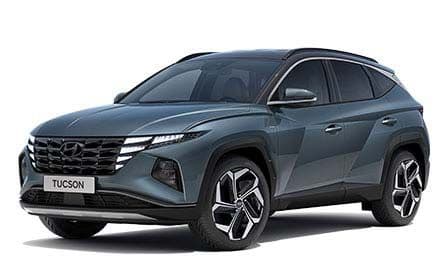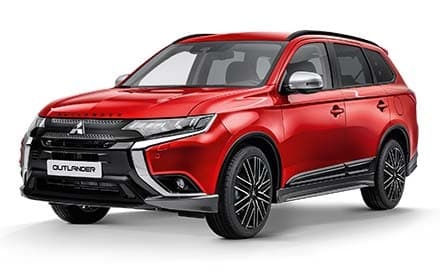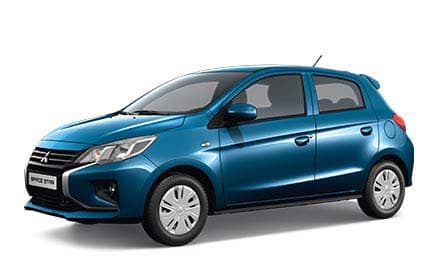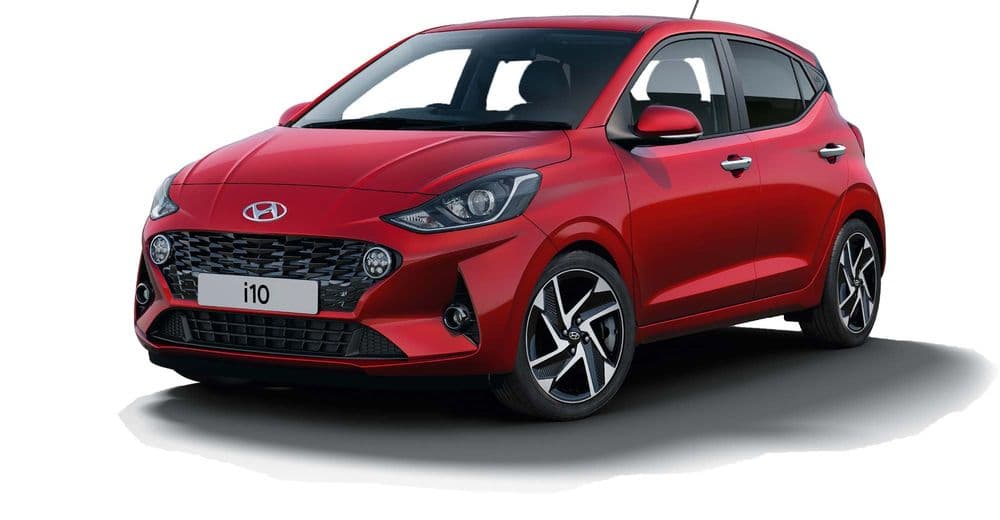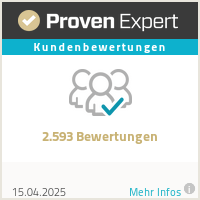
Vehicle types at a glance
SUV, estate car or small car
Fuel consumption for the Hyundai i10 in l/100km: urban 10.2-5.2; extra-urban 6.3-3.7; combined: 7.7-4.2; CO2 emissions combined: 176-97 g/km; CO2 efficiency class E-B. Fuel consumption in l/100 km for the Hyundai i20: low (short distance) 7.2-6.5; medium (suburban) 5.4-5.3; high (country road) 4.8-4.7; maximum (motorway) 6.1-5.7; combined 5.6-5.4; CO2 emissions in g/km: 128-123: CO2 efficiency class: D-C. Fuel consumption in l/100 km for the Hyundai i30: urban 7.3-4.3; extra-urban 5.2-3.9; combined 5.9-4.1; CO2 emissions in g/km combined: 136-103; CO2 efficiency class: D-A+. Vehicle illustration may vary and may contain optional extras that are subject to a surcharge.*
Fuel consumption for the Hyundai i10 in l/100km: urban 10.2-5.2; extra-urban 6.3-3.7; combined: 7.7-4.2; CO2 emissions combined: 176-97 g/km; CO2 efficiency class E-B. Fuel consumption in l/100 km for the Hyundai i20: low (short distance) 7.2-6.5; medium (suburban) 5.4-5.3; high (country road) 4.8-4.7; maximum (motorway) 6.1-5.7; combined 5.6-5.4; CO2 emissions in g/km: 128-123: CO2 efficiency class: D-C. Fuel consumption in l/100 km for the Hyundai i30: urban 7.3-4.3; extra-urban 5.2-3.9; combined 5.9-4.1; CO2 emissions in g/km combined: 136-103; CO2 efficiency class: D-A+. Vehicle illustration may vary and may contain optional extras that are subject to a surcharge.*
Choice of vehicle
Whether SUV, estate car or small car - we will advise you individually and find the right type of vehicle. The search for a new car can be difficult. And not just because the price and performance have to be right. Depending on your needs, several vehicle types often seem to be the ideal choice. At CSB Schimmel you will find a large selection of possible models as well as professional advice on all open questions.
The most popular vehicle types at a glance
The SUV, or city off-roader, has been one of the favourite vehicle types for some years now. It is therefore not surprising that our Hyundai and Mitsubishi brands offer a number of SUVs. An SUV (Sport Utility Vehicle) is characterised by its wide dimensions and raised seating position for passengers. SUVs are visually reminiscent of off-road vehicles and have a spacious and modern interior. Plenty of space at the legs and above the head make them particularly comfortable, but above all the boot space is a selling point. Top models such as the Hyundai TUCSON have a capacity of 1,799 litres with the rear seats folded down. The Mitsubishi Outlander 's storage space can be increased to up to 1,681 litres by folding down the rear seat bench in a 60:40 ratio.
The estate also scores points with its spacious interior. The estate has its origins as a commercial vehicle used to transport loads. It is therefore not surprising that the high load volume still characterises this type of vehicle today. Today, the estate car is particularly popular with families. Modern and equipped with a variety of safety systems, you can get from A to B safely. The Hyundai i30 estate, for example, impresses across the board with its high level of equipment, compact design and generous boot capacity of up to 1650 litres.
The compact car, which is not characterised by a large boot, is not to be sneezed at. Finding a parking space is particularly easy with a compact compact car. As a rule, it fits into any parking space and even small side streets in the city centre are no problem. The compact car is the right type of vehicle for use in the city centre in particular. The interior space is strategically well utilised so that plenty of legroom and comfort can be achieved. Depending on the model, the equipment is very modern, the design is fresh and the engine is exceptionally powerful. The crowd favourite Mitsubishi Space Star, for example, achieves up to 71 hp (52 kW) and is powered by a 1.2 petrol engine. The Hyundai i10 also puts an astonishing amount of power on the road - up to 84 hp (62 kW) and with low fuel consumption.
Personalised advice
We will be happy to advise you on all available models from our Hyundai, MG Motor and Mitsubishi brands. Together we will find the right vehicle type and model for your needs. Simply make an appointment online or by phone or visit us at one of our four locations in Berlin-Brandenburg.
Half and annual cars
Everything under one roof
35 years of experience
Um diesen Inhalt anzeigen zu können, ist Ihre Zustimmung erforderlich.
© 2025 CSB Schimmel Automobile GmbH. All rights reserved.

Die Setzung einiger Cookies ist zwingend erforderlich. Für bestimmte Dienste benötigen wir Ihre Einwilligung.
Durch den Klick auf „Alle Cookies akzeptieren“, willigen Sie (jederzeit für die Zukunft widerruflich) in alle Datenverarbeitungen (Setzung von Cookies und Übermittlung der IP-Adresse an Partner) ein.
Durch den Klick „ Alle optionalen Cookies ablehnen“ werden alle nicht zwingend notwendigen Cookies nicht gesetzt und Verbindungen unterbunden. Die Nutzung unserer Webseite ist dann stark eingeschränkt.
Durch den Klick auf „ Lassen Sie mich wählen“ können Einstellungen geändert und der Datenverarbeitung eingewilligt werden. Ihre Auswahl kann jederzeit angepasst werden.
Hinweis auf Verarbeitung der Daten in den USA (z.B. durch Google, Facebook, Youtube): Durch den Klick auf „Alle Cookies akzeptieren" oder bei der entsprechenden Auswahl eines Anbieters, willigen Sie zugleich darin ein, dass Ihre Daten in den USA verarbeitet werden. Die USA wird als ein Land mit einem nicht ausreichenden Datenschutzniveau angesehen. Es besteht u.a. das Risiko, dass Ihre Daten durch US-Behörden, zu Kontroll- und zu Überwachungszwecken, möglicherweise auch ohne Rechtsbehelfsmöglichkeiten, verarbeitet werden können. Bei dem Klick auf „Alle optionalen Cookies ablehnen“, findet keine Datenübermittlung statt.
Weitere Informationen finden Sie unter Datenschutz. Zum Impressum.












